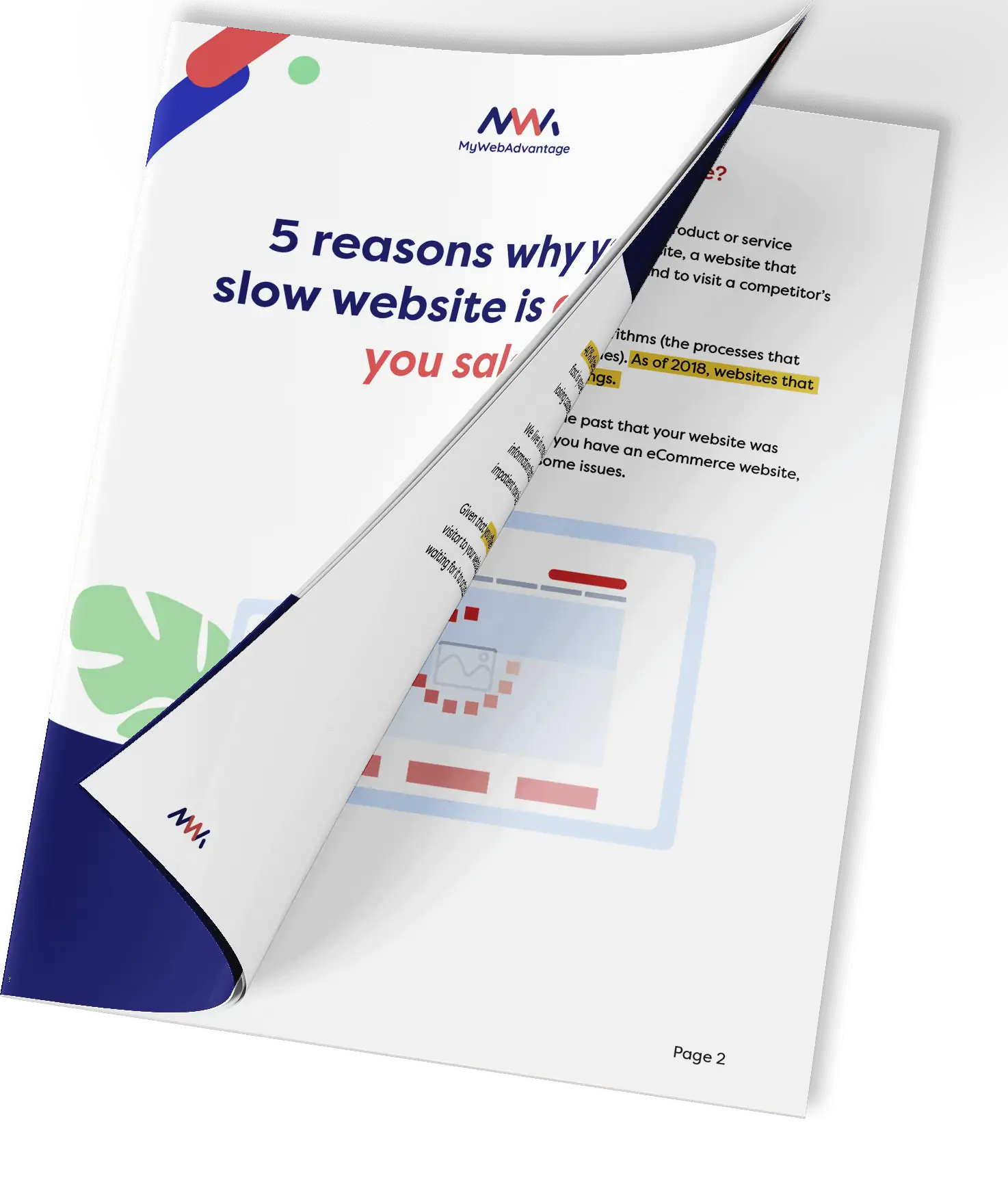How fast is your website’s loading speed?
Did you know that Google and other leading search engines consider page loading speed as a crucial SEO ranking factor?
Web performance affects the user experience, resource availability, and the usability of essential web features and functions.
According to a recent survey, the average Time To First Byte (TTFB) speed on desktop computers was found to be about 1.2 seconds and 2.5 seconds on mobile.
TTFB is the time it takes for a page to receive the first byte of information after a request is made – basically the time it takes a page to start loading. On average, it takes a bit longer to fully load a page, but the most critical load speed is the TTFB.
The online space is seriously competitive. Customers won’t wait around for a page that takes ages to load. You have a maximum of 3 seconds before they move on. GTmetrics is a great start to find our how your website is performing.
Here’s what you need to know about speeding up your site.
1. Optimise your content
Minimise the use of heavy content formats, especially video and audio clips. These media types take a lot of time to load and require a wide bandwidth. If you’re going to use videos, music and photos, use lightweight file types. Alternatively, you can compress all your media files. File compression makes the files smaller and easier to load, so they don’t slow down the content delivery network.
2. Clean up the code
Has your website been updated or patched multiple times? If it has, then there is a high chance that clutter in the code may be causing performance issues. Also, if your website is quite old, it might be running on outdated, inefficient code.
Decluttering the code is a job for an experienced professional. It involves technical stuff like reconfiguring and optimising code, deleting unnecessary routines and minimising the computing demands. Think of code clean-up as a housekeeping practice deep in the core of the site.
3. Get rid of unnecessary plugins and features
Plugins are web applications that add extra features to your site. Like media content, plugins also take some time to load. The biggest problem with some plugins is that they can stop other processes as they load, causing even more delays on the page.
Audit your plugins directory and remove all the inactive or unnecessary plugins. While you’re at it, deactivate any features that are not useful to your customers or website. There is really no need to carry around baggage that’s only slowing down your site. Besides, how many plugins do you really need on each page? Trim down your site to make it fast and agile.
4. Use Premium Hosting Services
In some cases, poor performance has nothing to do with the website or its content; the hosting provider or package is to blame. Be careful when choosing a hosting service. Consider the performance specs of the server, the geographic location, and any restrictions on bandwidth and resource usage.
Most web hosting providers offer various hosting options, usually at different price points. The general rule of thumb is to never go for the cheapest option, but there is a lot more in play than just the cost of service. You might want to do some test runs before settling on a particular provider or service model, just to be safe (many providers allow trial runs).
Check out MyWebAdvantage hosting plans here
The importance of web performance cannot be overemphasised.
Poorly performing webpages experience high bounce rates and frustrate users, all of which negatively affect SERP ranking and conversion rates.
About 50% of visitors will leave a page that takes longer than three seconds to load according to some recent metrics.
The only way around poor web performance is to prioritise load speed optimisation. Get our free guide outlining 5 reasons why your slow website is costing you sales, and what to do about it.

Get our free guide outlining 5 reasons why your slow website is costing you sales, and what you can do about it.



